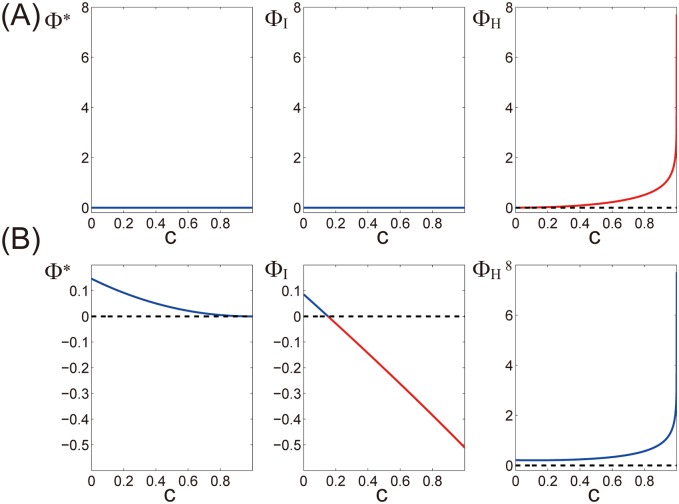Fig 3. Violation of theoretical requirements as a measure of integrated information.
The behaviors of Φ*, ΦI, and ΦH are shown in the left, middle, and right panels, respectively, when the strength of noise correlation c is varied in a linear regression model (Eq 13). Red lines indicate the regime where the theoretical requirements are violated, and the blue lines indicate that the theoretical requirements are satisfied. Dotted black lines are drawn at 0. (A) Violation of the upper bound. The strength of connections a is set to 0. In this case, there is no information between the past and present states of the system but ΦH is not 0, i.e., ΦH violates the upper bound. (B) Violation of the lower bound. The strength of connections a is set to 0.4. At the right ends of the figures where c is 1, the two units in the system are perfectly correlated. ΦI is negative, i.e., ΦI violates the lower bound when the degree of correlation is high.

